Ocean Week in Review – April 16, 2021: Seaspiracy: A Call To Action Or A Vehicle Of Misinformation? And More…

1. Seaspiracy: A Call To Action Or A Vehicle Of Misinformation?
The new Netflix documentary, Seaspiracy, highlights the damaging effects of fishing on the world’s oceans. The documentary is narrated and directed by British filmmaker Ali Tabrizi as he discovers fishing to be the ocean’s biggest threat. Although the film misleads viewers with oversimplified science, its real harm is that it ignores the history, culture, and systemic inequities that are entwined with ocean conservation. Tabrizi suggests a single solution—stop all seafood consumption—without any recognition of what that would mean to people. Seaspiracy is in the top 10 most watched programs on Netflix at the moment. It’s reaching audiences that don’t think about fisheries on a day-to-day basis. That extra attention on the myriad issues facing the ocean may be successful at getting more people invested, but the idea that conservation can be boiled down to “don’t eat fish” is shortsighted.

2. Covid 19 Discarded Masks & PPE Threatens Sea Life Worldwide
To the usual list of foul trash left behind or washed up on beaches around the world, add these: masks and gloves used by people to avoid the coronavirus and then discarded on the sand. A group of volunteers removed 1,113 masks and other pieces of virus-related protective gear from New Jersey beaches last fall. “Used correctly PPE saves lives; disposing of incorrectly it kills marine life,” said Cindy Zipf, the group’s executive director. Use PPE properly, then dispose of it properly in a trash can. It’s not hard and it’s the least we can do for this marvel of a planet we all live on, not to mention ourselves.” In the second half of 2020, more than 107,000 items of PPE were collected by volunteers around the world.
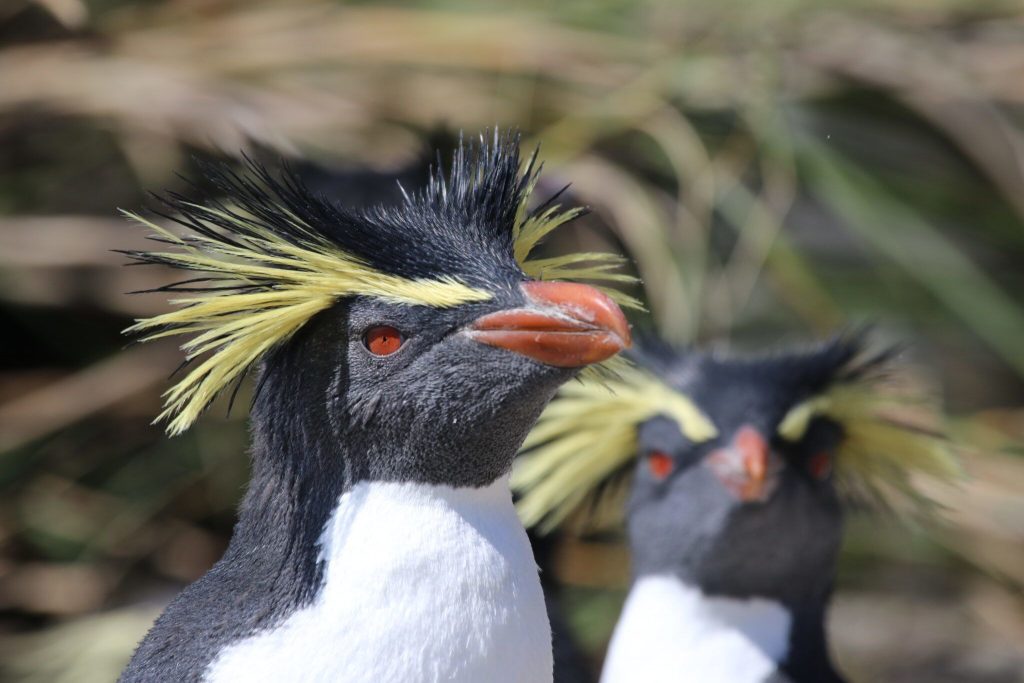
3. Tristan da Cunha Becomes Leader in Ocean Conservation
Tristan da Cunha, an archipelago located halfway between South Africa and Argentina, is the world’s most remote island community with a mission to designate its waters as Marine Protected Area (MPA). At almost 700,000 square kilometers, the protected area will cover 91 percent of the massive swath of ocean under Tristan’s jurisdiction, making it the largest ‘no-take’ zone in the Atlantic as well as a significant benefactor to marine conservation. The archipelago is a hotspot for breeding and marine life, be it sharks, whales, seabirds, or the many endangered species such as rockhopper penguins that live there. Although the MPA’s economic impact on Tristan’s residents will be a challenge, with the community’s main source of income being its lobster fishery, the Tristan community is proud to play a key role in preserving the health of the oceans.
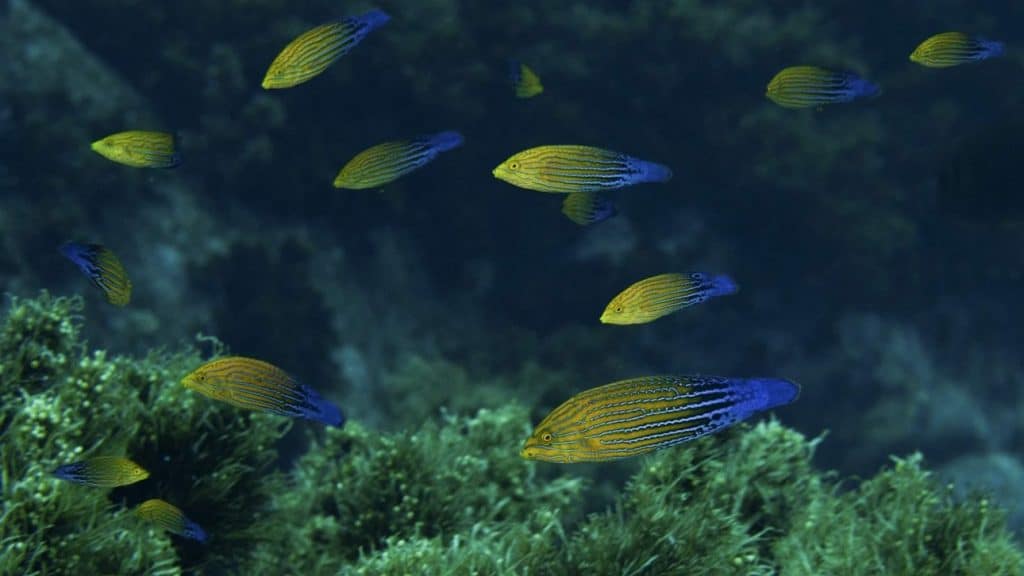
4. France’s New Marine Protection Strategy Should Include Stronger Safeguards
In January, France unveiled its new global marine conservation strategy with a goal of protecting 30% of its waters by 2022; a third of that would be shielded by “high protections” under the plan, meaning that extractive activities would not be allowed in the areas. MPAs can provide many benefits such as protecting seagrass and reefs, promoting carbon sequestration, and generating more fish that benefits local economies. The potential benefits of MPAs can be fully realized only if those areas are large and highly protected, according to experts. Although 23.5% of French maritime waters are designated as MPAs, some still permit activities such as industrial fishing that undermine the intended conservation benefits of the protections. As part of its strategy announcement, France pledged to develop three three-year action plans that will provide an opportunity for France to enhance its marine protections.
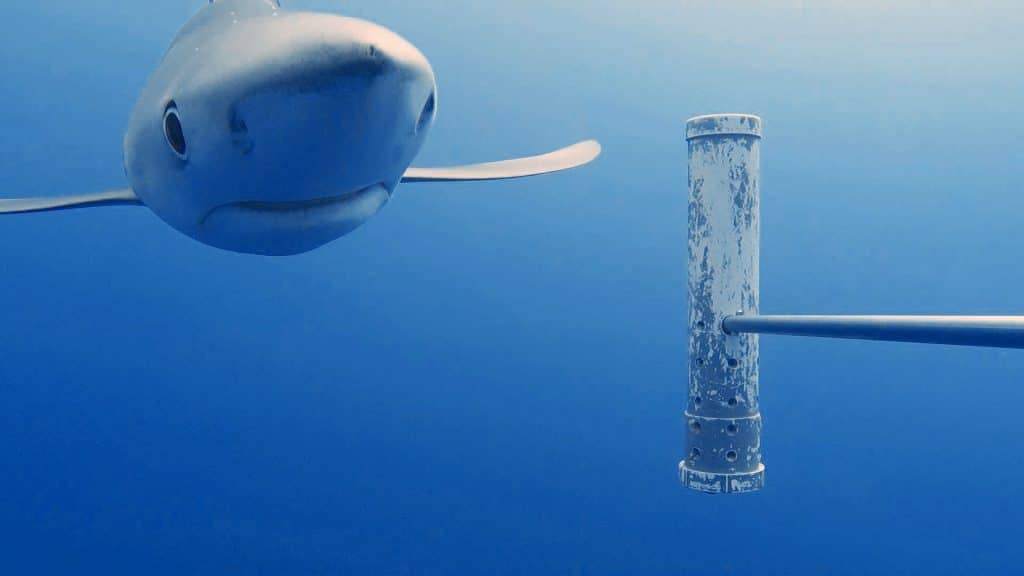
5. U.K. Launches World’s Largest Underwater Monitoring System
The United Kingdom will install the world’s largest network of underwater wildlife monitoring systems in 10 overseas territories in the next few months to measure the success of its ocean conservation efforts, the government said Friday. The project will use Baited Remote Underwater Video Systems, or BRUVS, that suspends multiple cameras set up on carbon fiber frames 10 meters underwater in deep ocean areas that will monitor more than 4 million square kilometers of ocean in the largest undertaking of its kind by any national government. The project aims to bridge the knowledge gap by collecting never-before-recorded information about what’s going on in parts of the ocean far from shore, where it has previously been hard to monitor and record wildlife population sizes and density. It will take place around British overseas territories including the Cayman Islands, St Helena and Anguilla.
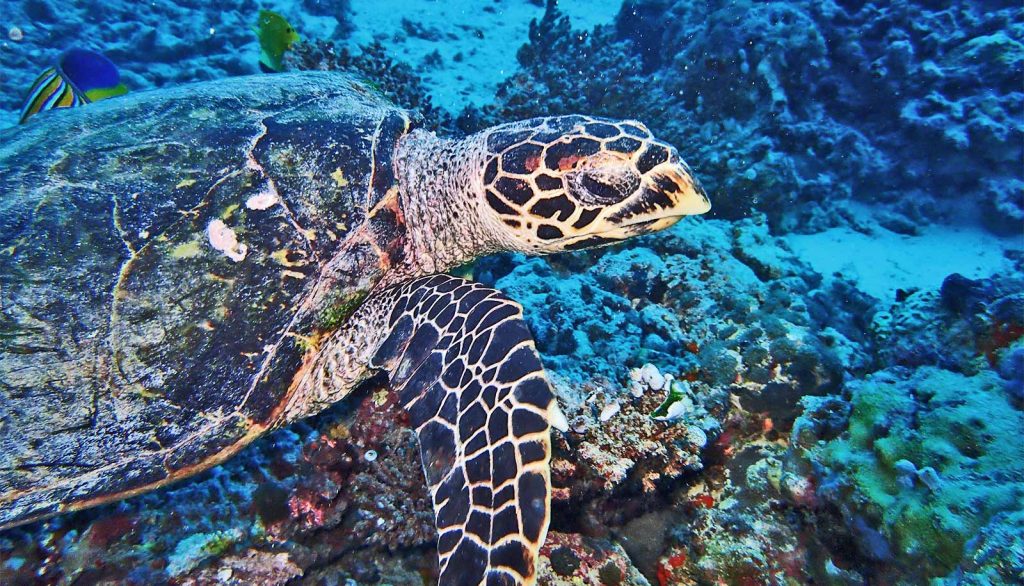
6. Team Maps Effects of Human Activity on Marine Species Over Time
Researchers have created the first global assessment of cumulative human impacts to at-risk marine species over time. 1,271 threatened and near-threatened marine species were mapped from 2003-2013. The results: Human impacts on marine biodiversity are increasing, dominated by fishing, direct human disturbance from land, and ocean acidification, with corals being the most widely impacted marine organism on Earth. The information from this approach could give decision-makers a deeper understanding of where and how human activity affects marine biodiversity, which could lead to effective solutions that will ease the pressures of climate change phenomena such as ocean acidification or rising ocean temperatures. The team might get the chance to put their findings to work later this year, at the UN Convention on Biological Diversity’s 15th Conference of Parties, where 197 participating nations and territories will convene on a framework to protect and conserve global biodiversity.

7. House Bill 391 Passed in the State of Maryland: No More Balloon Releases
Marylanders may no longer be allowed to intentionally let balloons loose into the sky now that a bill going through the General Assembly has passed both chambers. No more celebratory balloon releases: House bill 391 is on the governor’s desk as of Thursday. Sponsored by Del. Wayne Hartman, a Republican from Wicomico and Worcester counties, prohibits a person older than 13 from “intentionally releasing…a balloon into the atmosphere,” with minimal exceptions. The purpose of the bill is to reduce the hazards and pollution caused by free-floating balloons. “Oftentimes they land in the waters — in the ocean, the bays and so forth. Unfortunately, these are often confused as food for sea life, and the ribbons and so forth attached can cause entanglement. So the outcome is often fatal for marine life.” says Hartman.
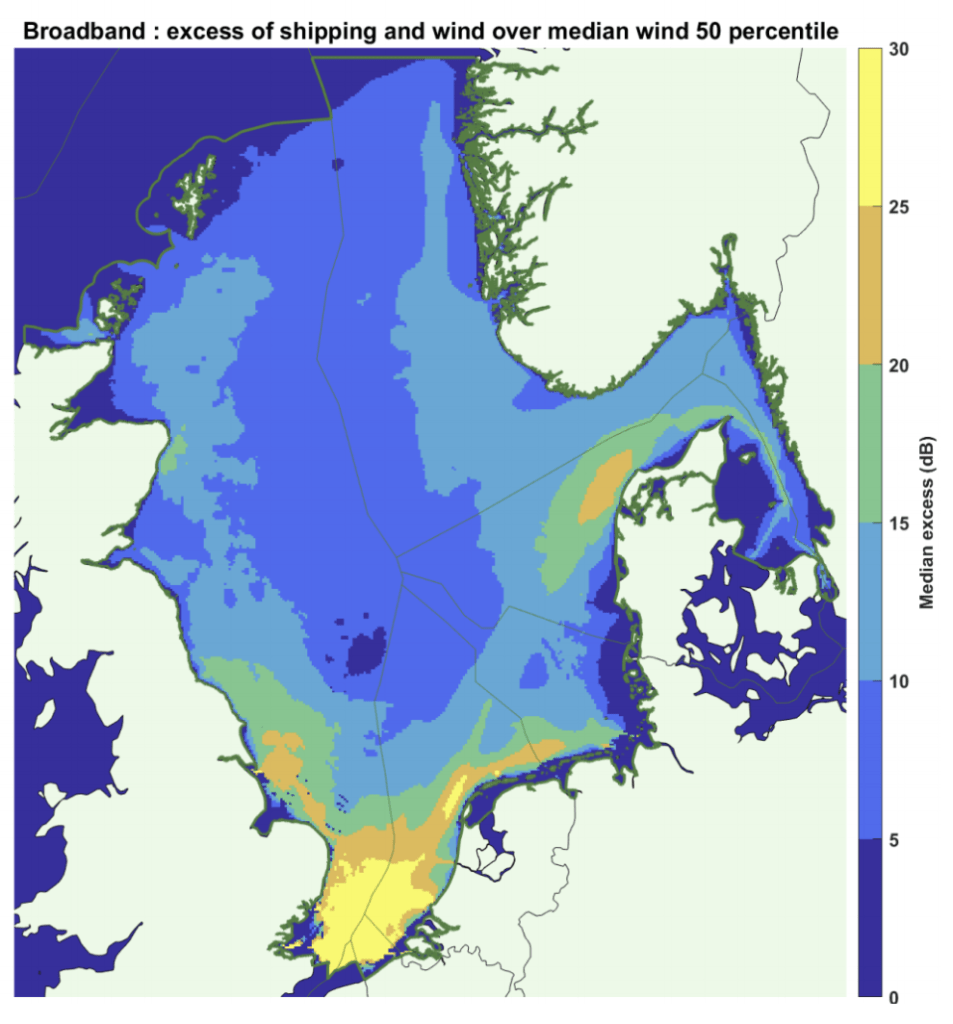
8. Emerging Ocean Listening Network Will Study Seas Uniquely Quieted by Covid
The Covid-19 pandemic left the oceans quieter than ever in 2020, allowing scientists to analyze the effect human-generated sound has on marine life. In the past year, an international group of scientists identified and collected recordings from over 200 non-military hydrophones, which are capable of picking up even faint noises from miles away, throughout the world’s oceans and consolidated the data into their 2020 quiet ocean assessment. Hoping to increase that number to 500, their goal is to observe what happens to the animals, like whales, in response to human noise levels. They also hope to combine their data with other ocean conservation efforts, including animal tagging, to achieve the most complete demonstration of how sound can affect marine life. As we observe a return to normal conditions as the pandemic subsides, the intensive acoustic monitoring must continue to at least through 2021.

9. Conservation Group Advocates for Creation of National Parks Around UK Coastline
National parks should be created in the waters around the UK coast to help conserve fragile marine habitats and give people access to more of Britain’s natural heritage, a marine conservation group has said. Blue Marine Foundation has identified 10 areas around the coast that it said could be designated national parks within the next 10 years. Designation could bring greater protections for habitats, help attract funding, and would require local authorities to make access easier for people. England’s 10 national parks on land contribute up to £4bn to the economy, with 90 million visitors a year and 22,500 businesses employing 140,000 people. Charles Clover, executive director of the Blue Marine Foundation, said creating national parks at sea would bring similar benefits while also complementing the marine protected areas that the government has set up around the coast.
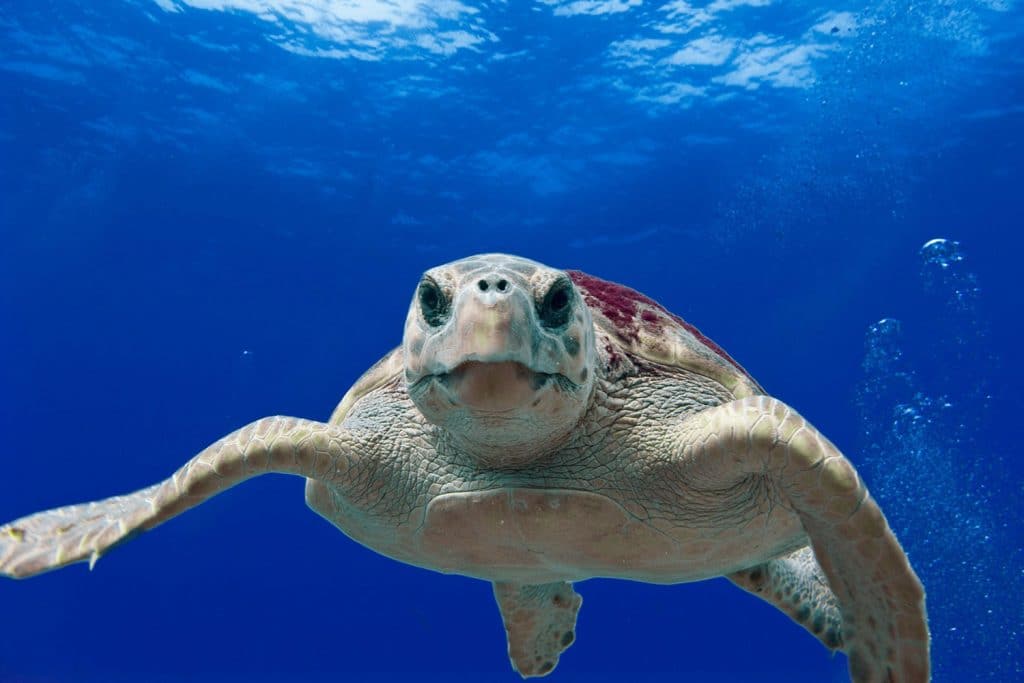
10. Illuminating the Long-Standing Mystery of Sea Turtles’ Epic Migrations
Known as “the lost years,” it is a little-understood journey that unfolds over thousands of miles and as much as two decades or more. Now, a Stanford-led study illuminates secrets of the North Pacific loggerhead turtles’ epic migration between their birthplace on the beaches of Japan and reemergence years later in foraging grounds off the coast of Baja, California. The study provides evidence for intermittent passages of warm water that allow sea turtles to cross otherwise inhospitably cold ocean barriers. The findings could help inform the design of conservation measures to protect sea turtles and other migratory sea creatures amid climatic changes that are altering their movements. Despite scientific advancements in core habitat use, we still know precious little about the movement of turtles and other long-lived sea creatures between disparate locations. This knowledge gap makes it impossible to effectively assess and protect these species.
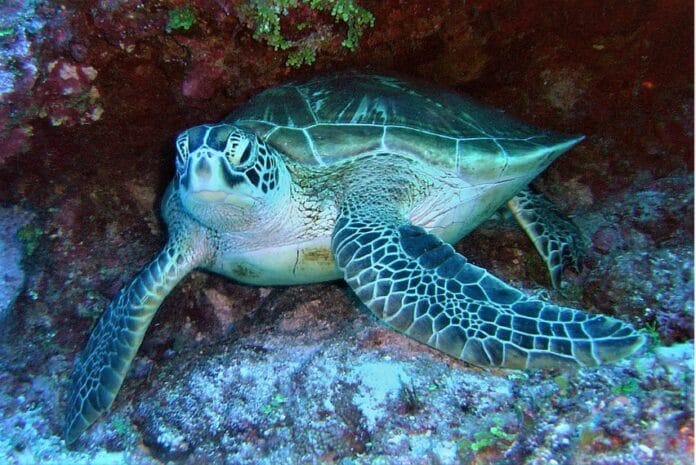
11. Federal Government Sued Over Fisheries Rule That Endangers Sea Turtles
Conservation groups are suing a federal agency over a fisheries rule they say endangers rare sea turtles in the Gulf of Mexico and waters of the southeast Atlantic Ocean. The lawsuit says the former Trump administration upended decades-old requirements that most shrimp nets include turtle-excluder devices that serve as an escape hatch to eject sea turtles from the nets, called trawls, that capture shrimp. The rule issued in 2019 grants exemptions for certain kinds of trawling gear, whereas the rule as proposed in 2016 would have closed exemptions. The lawsuit says the rule, which would take effect Aug. 1, would allow an estimated 1,300 preventable sea-turtle deaths yearly. Five of the world’s seven species are found in the Gulf and along the south Atlantic coast: Kemp’s ridley (the rarest), green, loggerhead, hawksbill and leatherback. All are designated as endangered or threatened species.
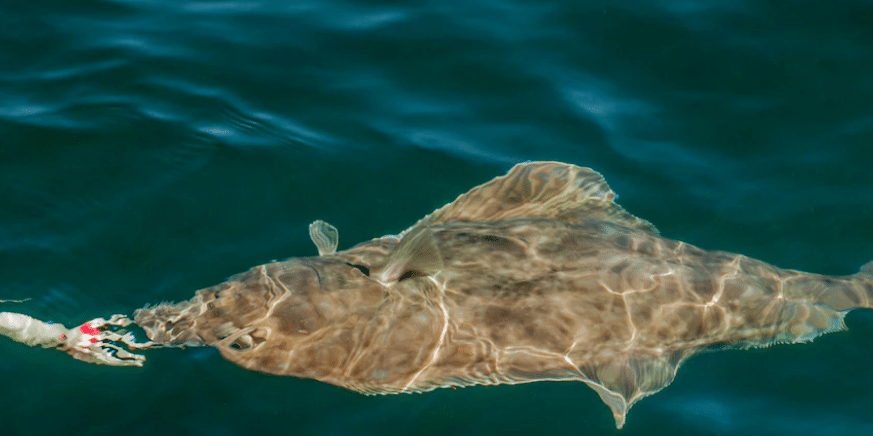
12. As Halibut Decline, Alaska Native Fishers Square off Against Industrial Fleets
Halibut are the primary target for Indigenous fishermen in parts of Alaska. Populations are declining, leaving less fish, especially as factory trawlers are scooping them up with the other fish they catch. About 20 years ago, the population started taking a dive, and St. Paul fishermen—as well as halibut fishermen across Alaska—faced increasing cuts in their harvest limits. St. Paul fishermen say their future depends on those out-of-state boats wasting fewer halibut, which fetch for much larger prices than other catched fish. The trawl industry has said it can’t cut halibut bycatch without dramatic financial losses and cuts to its overall harvest. With the Bering Sea as the rearing grounds for young halibut, the stakes are extraordinarily high for Alaska’s fishermen as fisheries managers meet this week to decide how to parcel out this shrinking resource.
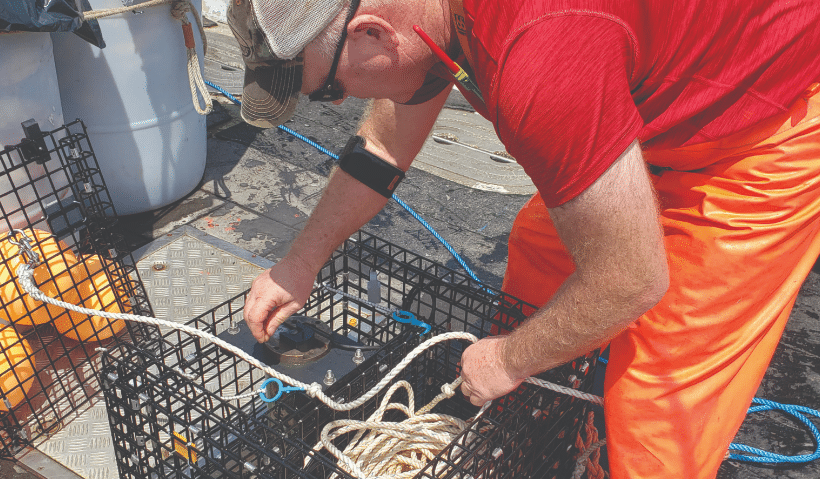
13. California Crabbers, Activists Tangle Over Ropeless Gear Legislation
A coalition of California fishing and seafood groups is grappling with environmental groups and animal welfare activists over state legislation to mandate the adoption of ropeless gear in commercial and recreational fisheries to protect whales. The struggle is closely watched on the East Coast, where Massachusetts state fishery officials are embarking on a one-year experiment with ropeless or “pop-up” gear aiming to reduce entanglement danger for endangered right whales. The bill has been delayed in legislative committee hearings until April 22. “Whales and other marine life have long been exploited by humans, nearing the point of extinction, it’s time we prioritize and protect our most magnificent ocean creatures and put whale entanglements in the past” said Judie Mancuso, CEO and founder of Social Compassion in Legislation.
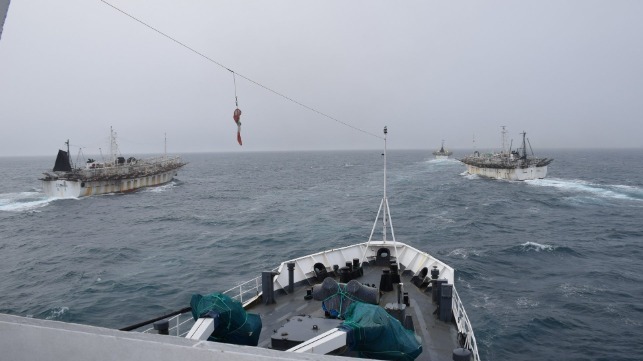
14. Uruguay, Argentina and Brazil Consider Regional Fix for IUU Fishing
The Southwest Atlantic Ocean attracts fishing fleets from all over the world due to rich marine life that swims beyond national waters. But despite concerns of overfishing, the region lacks the kind of fishing management organization or governance system present in many other regions of the world. Uruguay, with a new government since last year, is seeking to change this. Fishing fleets from China, Taiwan, South Korea and Spain concentrate in waters near the outer limit of the Exclusive Economic Zones (EEZs) of Uruguay, Argentina and Brazil. This has fueled the argument for a regional initiative to regulate fishing activity in areas beyond EEZs, which could help to establish catch limits, closed fishing seasons and reserves, and make it possible to keep a proper record of fishing activity and its legality.

15. Human Fecal Bacteria Found in Protected Reef Ecosystem 100 Miles off Texas Coast
Ocean acidification and pollution are well-known threats to the world’s coral reef ecosystems. But in a recent study, scientists have uncovered an entirely new threat: human fecal bacteria. Two extreme flooding events in Texas in 2016 and 2017 carried human waste more than 100 miles offshore to the Gulf of Mexico’s Flower Garden Banks National Marine Sanctuary. “One thing we always thought the Flower Garden Banks were safe from was terrestrial runoff and nutrient pollution. It’s a jolt to realize that in these extreme events, it’s not just the salt marsh or the seagrass that we need to worry about” said marine biologist Adrienne Correa, co-author of the study. Flower Garden Banks National Marine Sanctuary, one of the 14 marine protected areas managed by NOAA’s Office of National Marine Sanctuaries, is home to manta rays, sea turtles, hammerheads and whale sharks, as well as “boulder-sized” brain and star corals.

16. “ Scubi Jew”: A University Program Focused on Marine Conservation From a Faith Perspective
Rabbi Ed Rosenthal, a campus minister at Emory University in Atlanta, launched a program he called “Scubi Jew.” The Tikkun HaYam, or “Scubi Jew” program, now focuses on marine conservation from a faith perspective and has spread to other campuses. Aside from dives, the group regularly participates in ocean and reef cleanups, and has led campaigns to switch away from single-use plastics. “Because they’re so passionate about the ocean, it really forced me to delve deeper into our tradition and find what our tradition says about the marine environment and water,” Rosenthal said. When he brought the ideas to students, it was like someone flipped a switch, he said. Many hadn’t thought about religion in that way.




